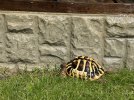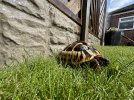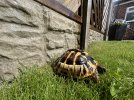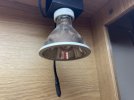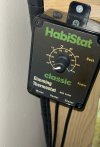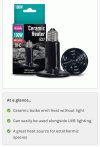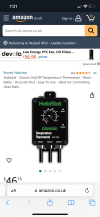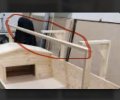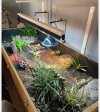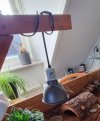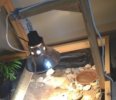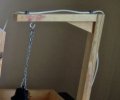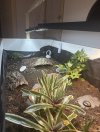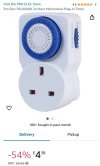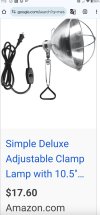Dbrosnan09
New Member
Just wanted to get your expert opinions on this, Our Family Tortoise, Jackson Taylor - is now nearly 3 and a half years old.
I’m slightly concerned if his growth is normal. Are his scutes pyramiding? Or, is he looking normal for a Hermann Tortoise.
Please, let us know and enjoy the pictures of him on his afternoon forage 😁
I’m slightly concerned if his growth is normal. Are his scutes pyramiding? Or, is he looking normal for a Hermann Tortoise.
Please, let us know and enjoy the pictures of him on his afternoon forage 😁
